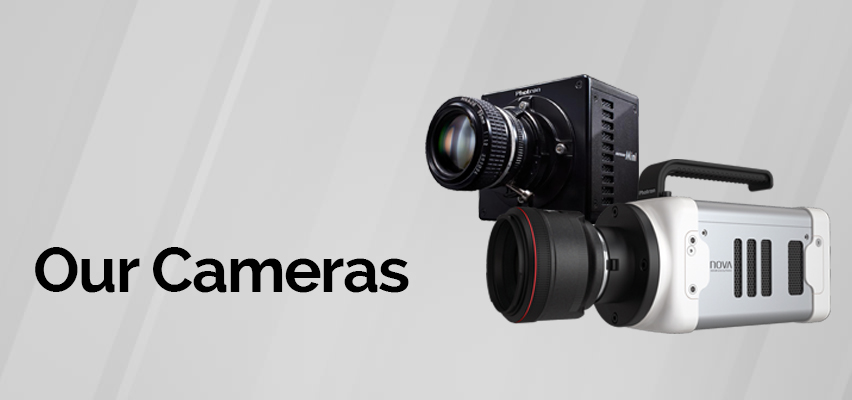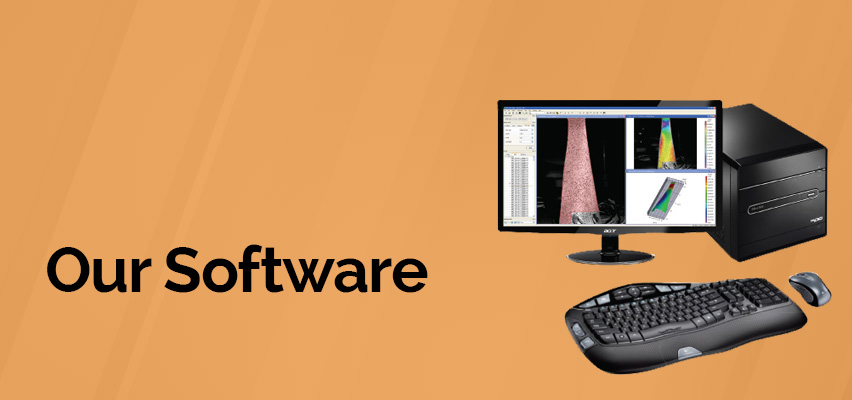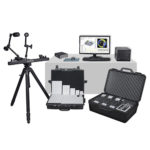Microelectromechanical systems (MEMS) offer a wide range of possible applications in the field of nanotechnology. Everyday examples are the position recognition of mobile phones and the use in airbags, digital cameras or pacemakers. Other applications can be found above all in the field of miniaturised medical diagnostics. Growing demands on miniaturisation affect both the system solutions required for this and the sensors and control elements to be developed.
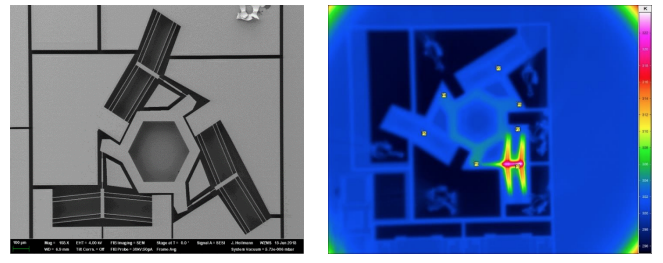
The professorship was able to transfer 20 years of experience gained in the domain of electrostatic actuators to thermally driven actuators. The latter allow the use of electron microscopes for MEMS analysis, which would not have been an option with electrostatic actuators. Prototypes for thermal actuators have already been developed at Chemnitz University of Technology enabling motion control with an accuracy of up to 2 µm and 0.3°. Achieving such precision requires a precise analysis of the material parameters on the actuators used. As expected with thermal actuators, the most important factor is measuring the component temperature as accurately as possible. Due to the very small dimensions and mechanical characteristics of these measurement objects, only the most sophisticated infrared cameras come into consideration. A microscopic lens was selected and combined with the large infrared detector of the ImageIR® 9300 with (1,280 × 1,024) IR pixels to achieve a resolution in the µm range and a large field of view to capture the peripheral components around the actuators.

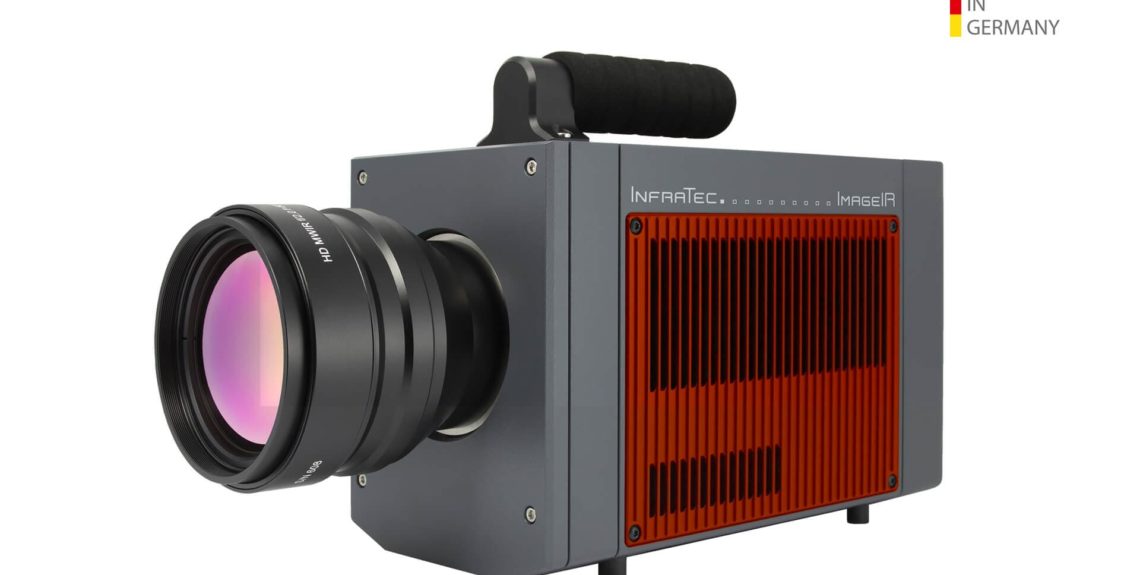
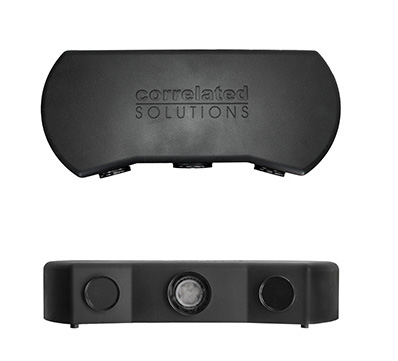 VIC Edu
VIC Edu
